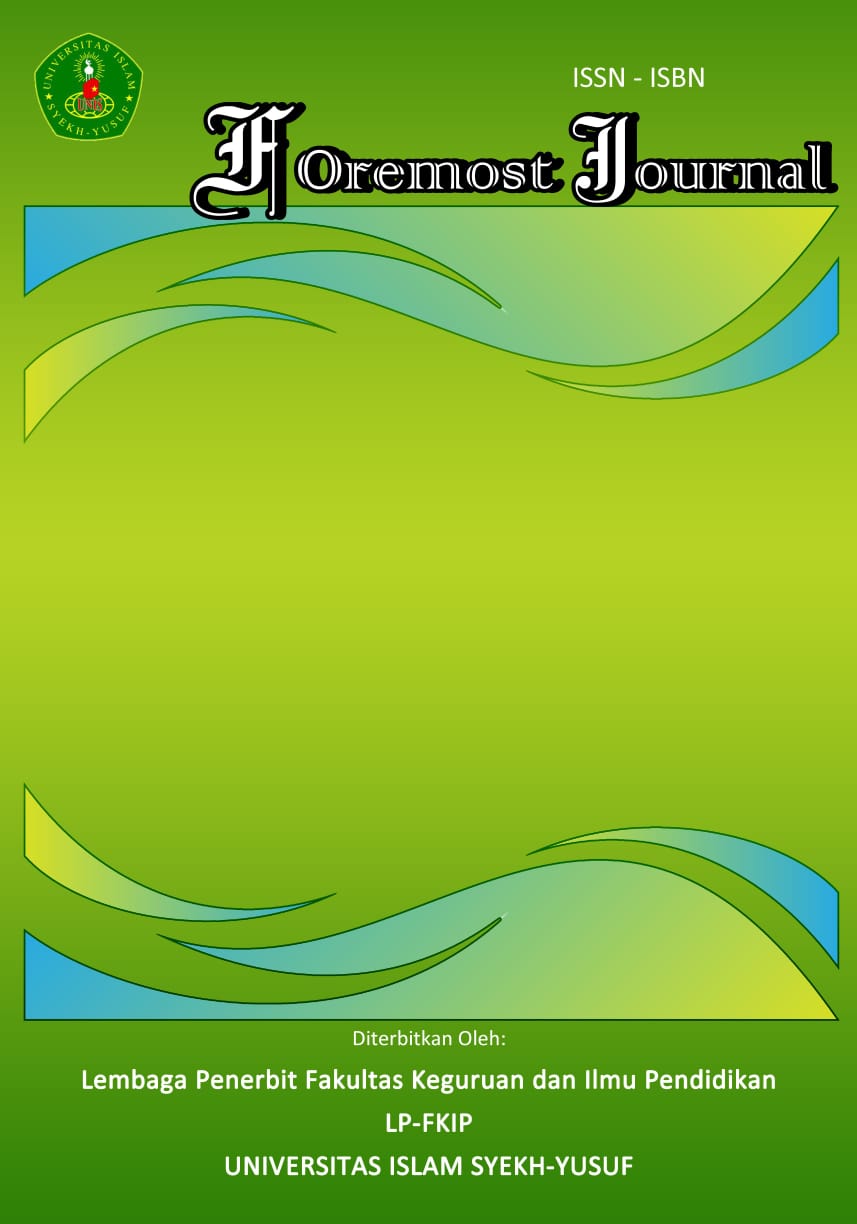Phonology, Morphology, and Parents Role in Language Acquisition (A Comparative Study)
DOI:
https://doi.org/10.33592/foremost.v5i1.4465Keywords:
Language Acquisition, Morphology, PhonologyAbstract
Language acquisition is influenced by both internal and external factors, including cognitive and IQ development. External factors arise from environmental influences, such as age, gender, intelligence, environment, economy, and social issues. Previous studies have looked at this type of study. However, no one had undertaken a research on this issue, such as morphology and phonology, in the contexts where the current study was conducted, and the comparative ages were only three years old children. These fills one of these gaps. This study aims to analyze the stages of phonology and morphology experienced by two children aged 3 years and above, focusing on the role of parents, particularly mothers, in influencing children's language acquisition. The descriptive qualitative method is used, and data is collected from children's utterances in natural context. findings show that F.A. (a 3-year-old girl) pronounced more phonemes and morphemes than M.A (a 3-year-old boy) and produced clearer utterances. Parental factors also play a role in child language, with both mothers using technology like YouTube animated videos to support language acquisition. This research fills a gap in previous studies on language acquisition in children of different topic and ages.
Downloads
Published
How to Cite
Issue
Section
License
Copyright (c) 2024 Foremost Journal

This work is licensed under a Creative Commons Attribution-NonCommercial-ShareAlike 4.0 International License.
- Authors certify that the work reported here has not been published before and contains no materials the publication of which would violate any copyright or other personal or proprietary right of any person or entity.
- Authors transfer or license the copyright of publishing to Foremost Journal to publish the article in any media format, to share, to disseminate, to index, and to maximize the impact of the article in any databases.
- Authors hereby agree to transfer a copyright for publishing to Foremost Journal a Publisher of the manuscript.
- Authors reserve the following:
- all proprietary rights other than copyright such as patent rights;
- the right to use all or part of this article in future works of our own such as in books and lectures;
- use for presentation in a meeting or conference and distributing copies to attendees;
- use for internal training by author's company;
- distribution to colleagues for their research use;
- use in a subsequent compilation of the author's works;
- inclusion in a thesis or dissertation;
- reuse of portions or extracts from the article in other works (with full acknowledgement of final article);
- preparation of derivative works (other than commercial purposes) (with full acknowledgement of final article); and
- voluntary posting on open web sites operated by author or author’s institution for scholarly purposes, but it should follow the open access license of Creative Common CC BY-NC-SA License.



